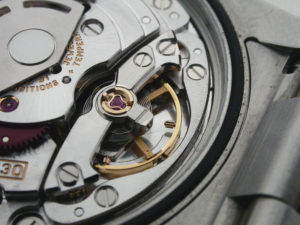Over the next couple of weeks, we are going to bring customers and readers “behind the curtain.” We’re going to show you how things work, why they work and why we do the things we do while repairing watches.
This week, we are going to look at how to put a watch in beat.
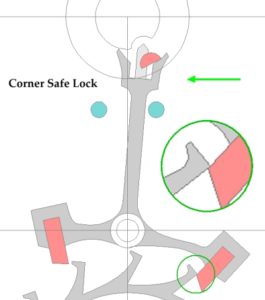
With the power released, if the watch is in beat the pallet fork will be centered between the banking pins on the main plate. It is usually fairly easy to see if the pallet fork is centered.
It is put in beat by turning the hairspring collett on the balance staff.
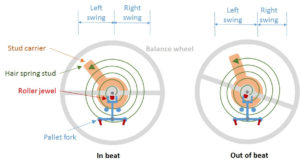
On some watches, it is difficult to see the pallet since it is sometimes covered up by the hairspring or pallet bridge. On this Hamilton 992b, the pallet is fairly easy to see.
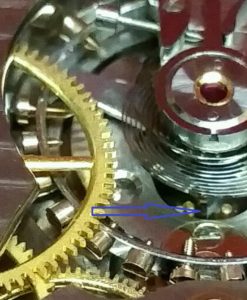
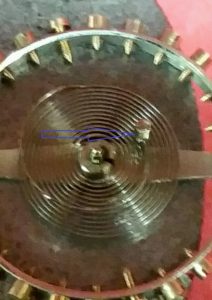
You can also adjust this before putting the watch together –with only the balance installed, the jewel must sit on a line between the escape and balance jewels (and pallet pivot jewels), and if you can see through, exactly between the banking pins when looking down this line.
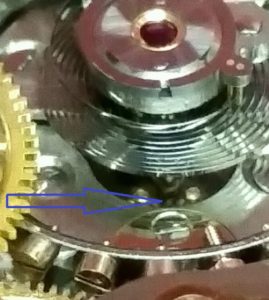
Getting the beat correct makes a large difference in the way the watch runs. It will start instantly when wound, and keep time in positions much better, have better balance rotation.
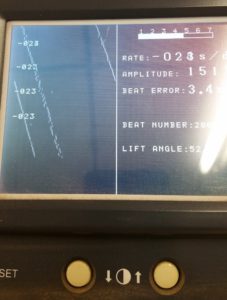
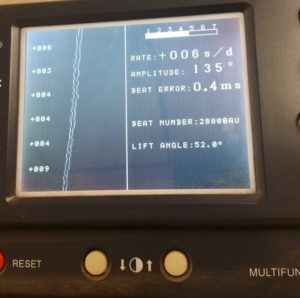
Movable stud
On more modern watches, they are made with an adjustable stud — quite easy to put into beat as you just move the regulator arm.
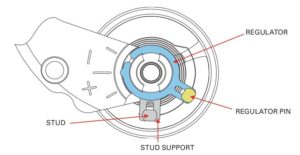
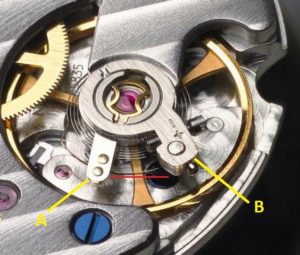
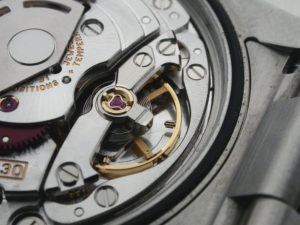
CHARLEY PHOTO OF THE WEEK: Charley is just chillin’.

